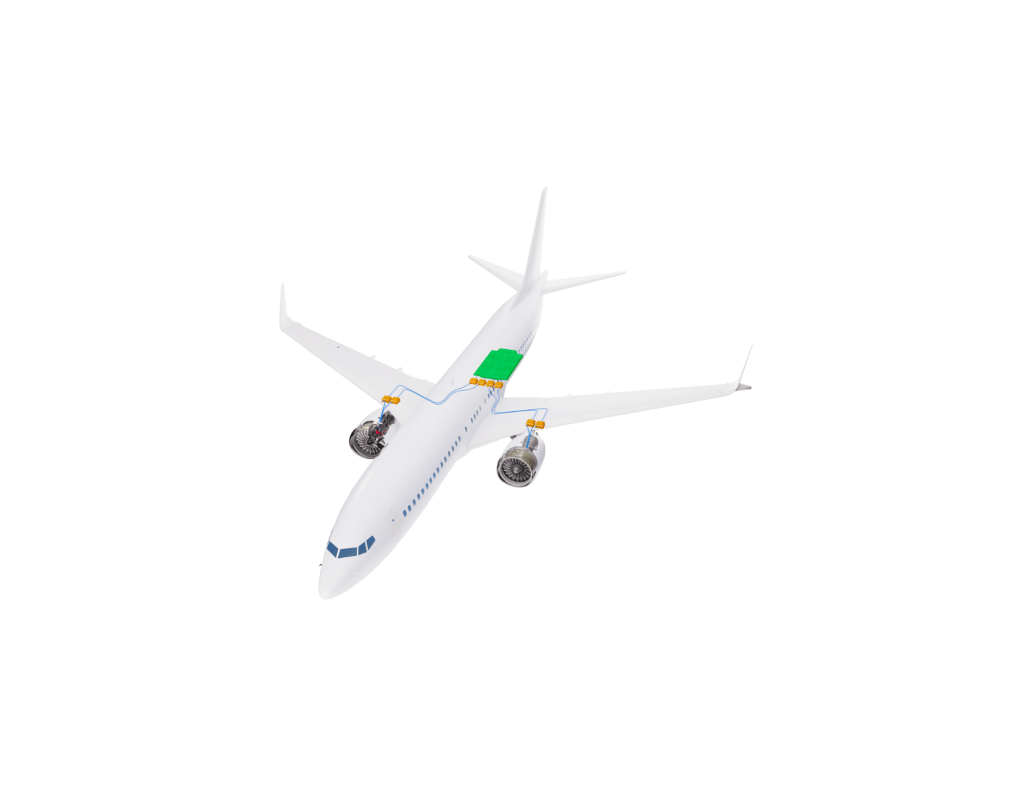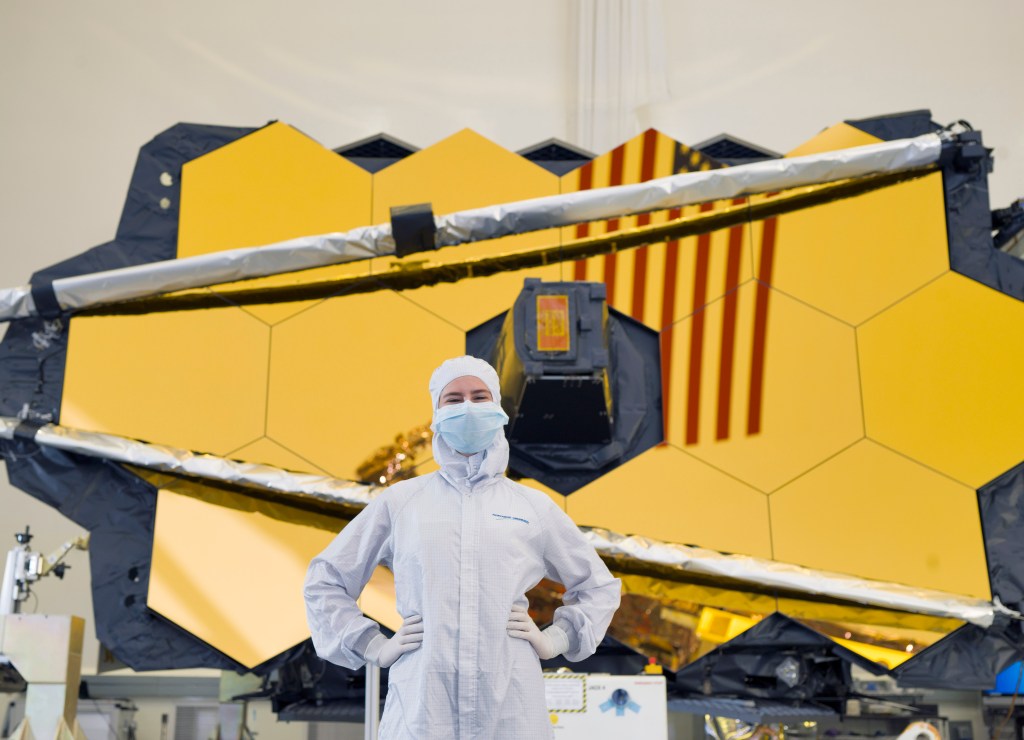By Rick Smith
NASA science research on the International Space Station reached an extraordinary milestone June 14.
The vital, versatile EXPRESS Racks – properly known as “EXpedite the PRocessing of Experiments to the Space Station” multipurpose payload shelving units – logged 1 million hours of combined powered duty on station. That’s the equivalent of nearly 115 years’ worth of scientific research completed in just two decades.
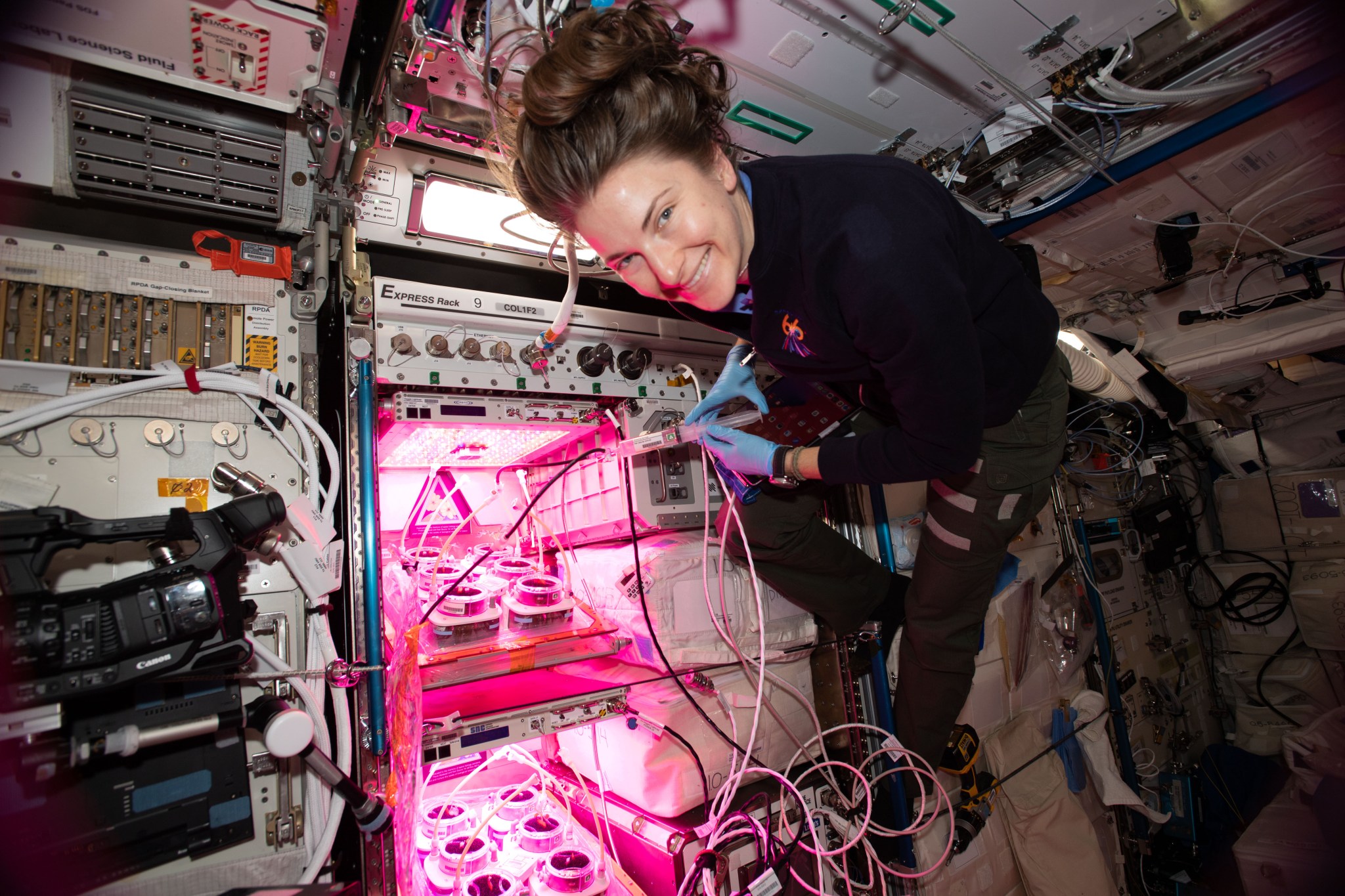
“For more than 60 years, science has spurred NASA’s technological innovation in space, firing our curiosity and furthering our reach into the cosmos,” said Jody Singer, director of NASA’s Marshall Space Flight Center in Huntsville, Alabama, where the racks were developed, built, and tested. “The EXPRESS Racks play a key role in making our astronauts safer and more comfortable while they live and work in orbit and continue to help us unlock practical benefits to science, medicine, and countless other aspects of everyday life on Earth.”
The 12 permanent racks, the last of which was delivered in 2020, collectively support as many as 100 experiments at a time, enabling a wide variety of scientific research with practical benefits on Earth and for the Artemis-Generation explorers NASA soon will send back to the Moon and eventually to Mars.
“We rely on the expertise and talent at Marshall to optimize use of the space station, and the EXPRESS Racks are a major part of that work,” said Joel Montalbano, International Space Station program manager at NASA’s Johnson Space Center in Houston. “Achieving this milestone is an incredible testament to what we can do together to benefit the space program, the future, and the people of Earth.”
Joel Hardy, EXPRESS Racks project manager at Marshall, said his team is gratified to deliver such critical hardware – and to keep it operational, monitoring and upgrading component technology and software to yield science data for more than two decades.
“It’s a proud day for everyone at Marshall who had a hand in getting us to this milestone,” Hardy said. “It really speaks to the quality and reliability of Marshall’s design and manufacturing, and the sustained workmanship of the entire NASA team.”
Each refrigerator-sized EXPRESS Rack houses up to eight configurable lockers and two payload drawers – all with direct access to power, cooling and heating – and command and data communications. Experiments of any duration can be conducted, removed independently in their protective storage drawers, and returned to Earth when complete.
Experiments in the racks are controlled by station crew or remotely by a cadre of two dozen specialized NASA team members in Marshall’s Payload Operations Integration Center. They monitor all aspects of science payloads on station around the clock, every day of the year, communicating in real time with the crew and researchers on the ground to ensure data is processing properly.
Rack space remains in high demand among global research partners, especially with NASA’s Commercial Crew Program picking up speed.
“It’s an exciting challenge, with more experiments going up and coming back as launch vehicle traffic to and from the station increases,” Hardy said.
Marshall rack engineers are also looking beyond the space station – which is scheduled to continue operations through at least 2030 – to NASA’s plans for the Moon and Mars.
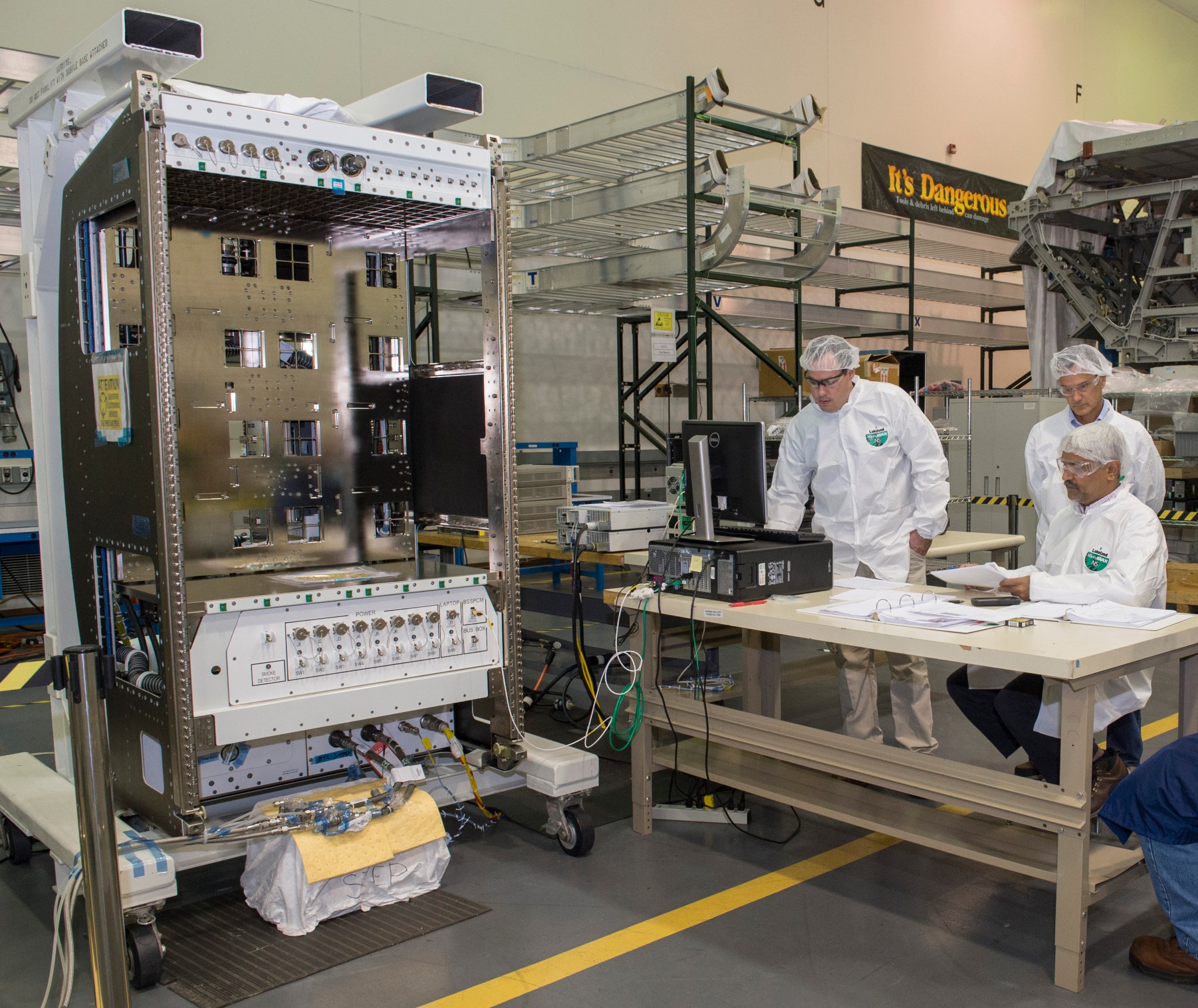
It’s familiar ground for Lynn Farris, Marshall payload facility and research integration manager. She was on the team in 1997 during testing of the first EXPRESS Racks on the space shuttle. Astronauts relied on the shuttle’s own highly versatile “mid-deck lockers” to conduct numerous science experiments during more than 130 flights from 1981-2011 – and that hardware directly informed development of the EXPRESS Racks.
Now, EXPRESS Rack engineers and managers routinely join planning meetings for NASA’s Gateway Program, Human Landing System Program and other lunar development efforts, determining how best to integrate advanced science rack technologies with the long-term needs of future Moon missions.
“We’re taking everything we’ve learned on the racks during their first million hours of powered service on station – adapting and improving on that success for a new generation of explorers and a robust commercial space economy,” Farris said. “I can’t speak for anyone else, but I’m having the time of my life.”
The EXPRESS Racks are funded by NASA’s Johnson Space Center in Houston, which leads crew and station operations for the agency. The Boeing Company of Huntsville, working with Marshall engineers, built and tested the EXPRESS Racks at Marshall during development and early construction of the space station in the 1990s.
The space station has been home to more than 242 residents from 19 countries, working with more than 4,000 scientists in 108 countries to conduct some 3,000 total research investigations. For more information on station science, visit:
https://www.nasa.gov/iss-science
Lance D. Davis
Marshall Space Flight Center, Huntsville, Alabama
256-544-0034
lance.d.davis@nasa.gov

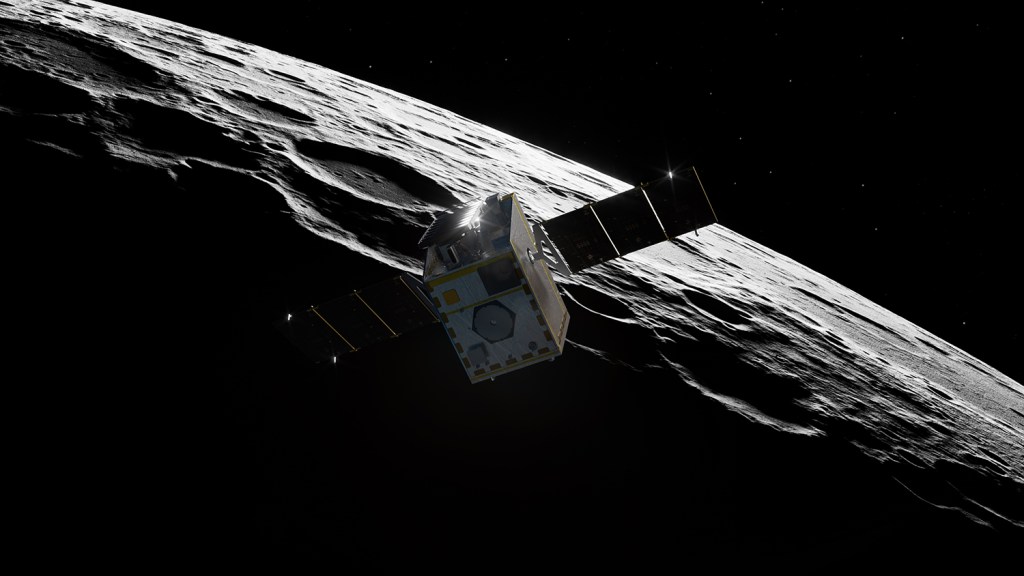







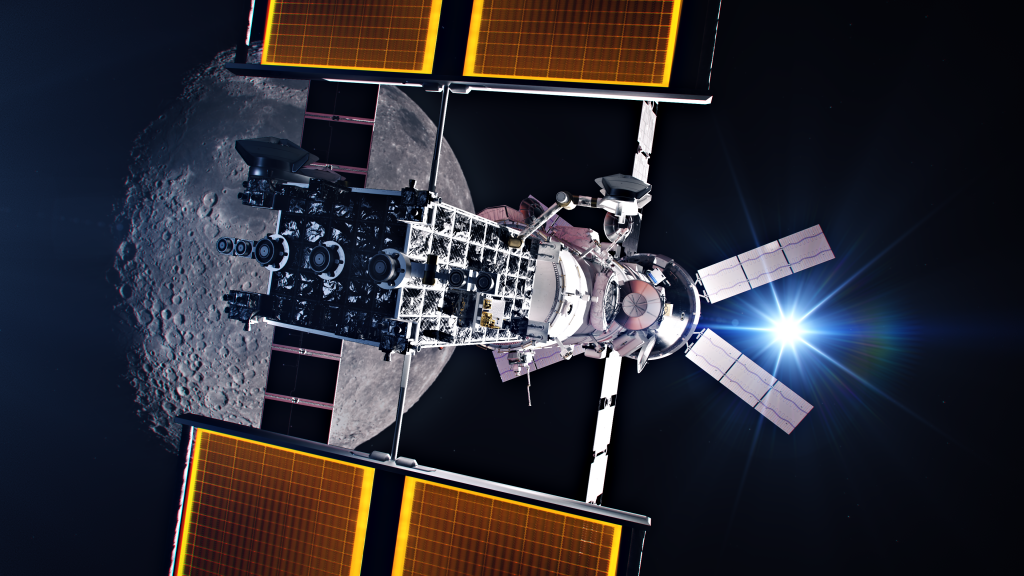






![In Memoriam: Jeff Dozier [1944–2024]](https://assets.science.nasa.gov/dynamicimage/assets/science/esd/earth-observer/2025/2025-in-memoriam/InMemoriam-Dozier1.jpg)
![In Memoriam: Berrien Moore III [1941–2024]](https://assets.science.nasa.gov/dynamicimage/assets/science/esd/earth-observer/2025/2025-in-memoriam/InMemoriam-Moore..jpg)

